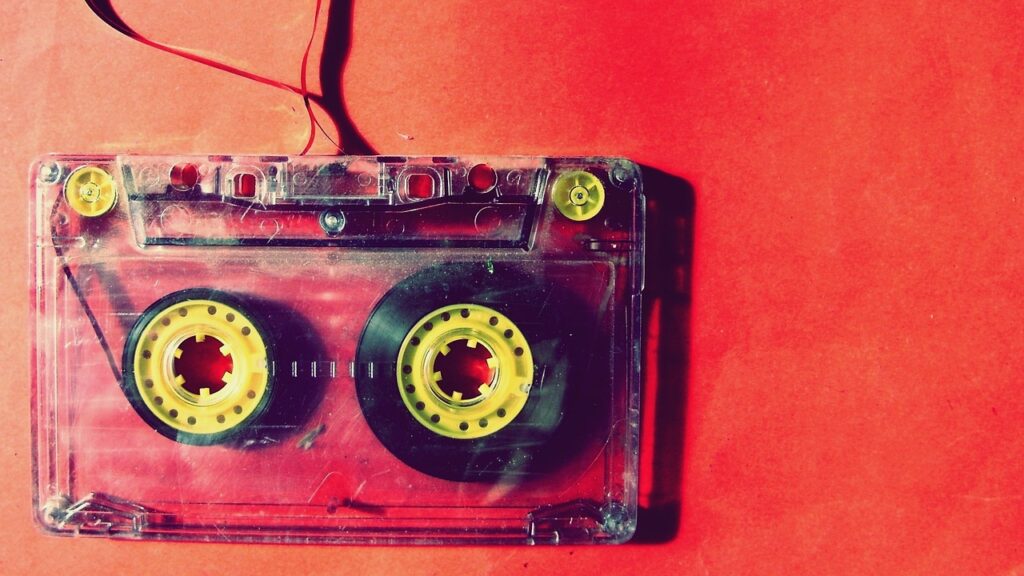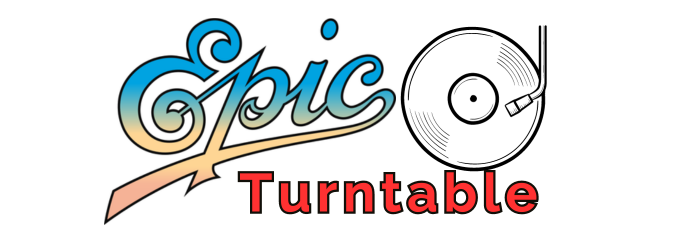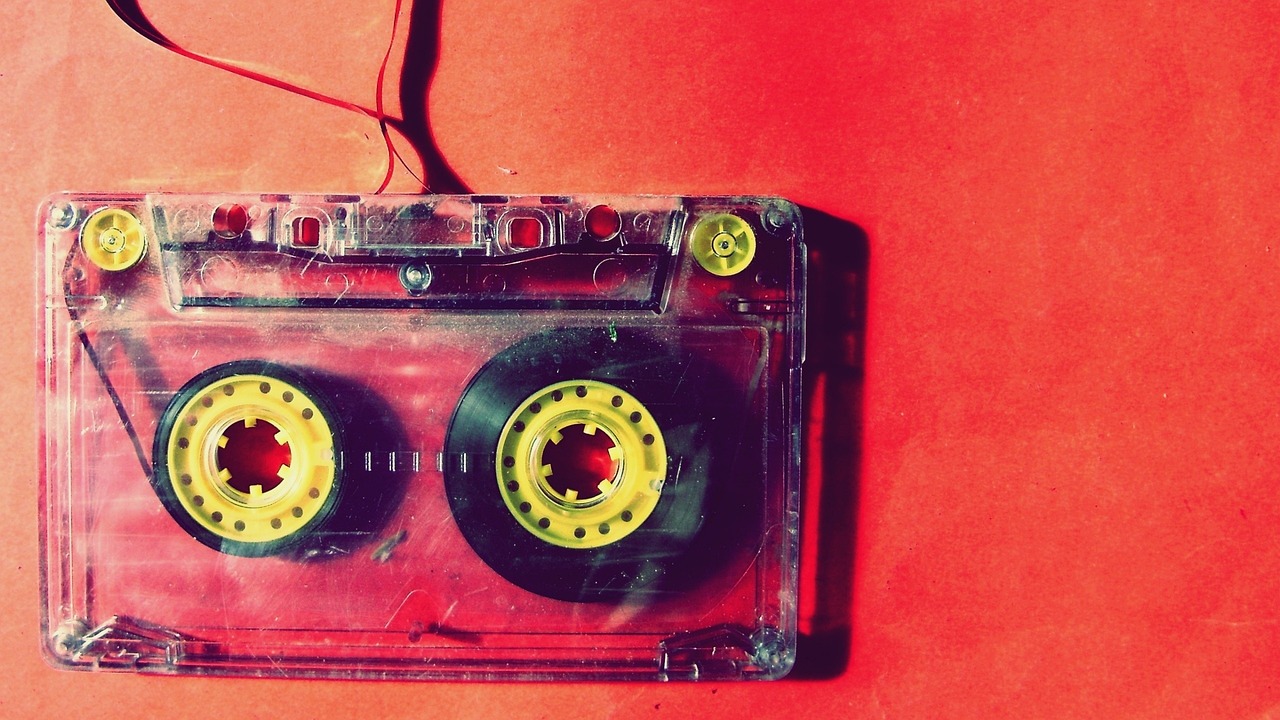If you’re a music lover and have a collection of vinyl records, you know how important it is to have a high-quality turntable to bring those analog classics to life. Whether you’re a seasoned audiophile or just starting to appreciate the warm sound of vinyl, finding the best turntable can be a daunting task. With so many options available on the market, it’s essential to choose one that not only delivers outstanding audio quality but also meets your specific needs and preferences. In this article, we will explore the best turntables for playing vinyl records, highlighting their unique features and benefits to help you make an informed decision that will enhance your listening experience.

1. Belt Drive Turntables
Belt drive turntables are a popular choice among audiophiles and music enthusiasts for their smooth and accurate playback. This type of turntable uses a belt to drive the platter, which reduces motor noise and vibrations, resulting in cleaner sound quality.
1.1 Budget Belt Drive Turntables
If you’re just getting started with vinyl or have a limited budget, there are plenty of affordable belt drive turntables available. These entry-level options still offer decent sound quality, allowing you to enjoy your vinyl collection without breaking the bank. Some popular choices in this category include the Audio-Technica AT-LP60X and the Pro-Ject Essential III.
1.2 Mid-Range Belt Drive Turntables
For those willing to invest a bit more in their turntable setup, mid-range belt drive turntables offer a significant upgrade in terms of build quality and sound performance. These turntables often incorporate higher-quality materials and components, resulting in better sound reproduction and overall durability. The Rega Planar 2 and the Pro-Ject Debut Carbon are excellent choices in this price range.
1.3 High-End Belt Drive Turntables
Serious audiophiles and vinyl enthusiasts may consider high-end belt drive turntables for the ultimate listening experience. These turntables feature top-of-the-line components, meticulous craftsmanship, and exceptional attention to detail. They are often handmade and meticulously calibrated to ensure optimal performance. Examples of high-end belt drive turntables include the Clearaudio Concept and the VPI Prime Signature.
2. Direct Drive Turntables
Direct drive turntables have gained popularity among DJs and professionals due to their high torque and excellent speed stability. Unlike belt drive turntables, direct drive turntables use a motor directly connected to the platter, eliminating the need for a belt.
2.1 Entry-Level Direct Drive Turntables
If you’re starting your DJ journey or looking for an entry-level direct drive turntable, there are options available to suit your needs. These turntables often feature a built-in preamp and simple controls, making them user-friendly for beginners. The Audio-Technica AT-LP120X and the Pioneer PLX-500 are excellent choices for beginners or those on a budget.
2.2 Professional Direct Drive Turntables
Professional direct drive turntables are designed for serious DJs and producers who demand precise control and durability. These turntables often feature higher torque motors, pitch control, and adjustable tonearms to cater to a DJ’s specific requirements. The Technics SL-1200MK7 and the Pioneer PLX-1000 are widely regarded as industry-standard turntables for professional DJs.
2.3 DJ Direct Drive Turntables
Turntables specifically designed for DJs often offer additional features and robust construction to withstand the rigors of live performances and scratching. DJ direct drive turntables often include features such as reverse play, adjustable pitch range, and reinforced chassis to minimize vibrations. The Stanton STR8.150 and the Numark NTX1000 are popular choices among DJs for their performance and reliability.
3. Automatic vs Manual Turntables
When choosing a turntable, you’ll come across options for both automatic and manual models. Understanding the differences between the two can help you make an informed decision.
3.1 Automatic Turntables
Automatic turntables are designed for convenience, as they are equipped with mechanisms that allow the tonearm to automatically lift, move, and return at the end of the record. This feature eliminates the need for manual intervention during playback, making it a suitable option for casual listeners and those who prefer a hands-off approach. However, automatic turntables may sacrifice some sound quality compared to their manual counterparts due to the additional mechanisms involved.
3.2 Manual Turntables
Manual turntables, on the other hand, require the user to manually start, lift, and place the tonearm on the record. While this may require more involvement from the listener, it often results in better sound quality and more precise control. Manual turntables are favored by audiophiles and purists who value the ritualistic experience of handling vinyl records and appreciate the increased attention to detail.
4. Bluetooth Turntables
With the integration of modern technology, turntables now offer Bluetooth functionality, allowing you to wirelessly connect your turntable to other devices such as speakers or headphones.
4.1 Bluetooth Functionality
Bluetooth turntables enable you to stream music wirelessly, eliminating the need for cumbersome cables and additional audio equipment. This feature allows you to connect your turntable to Bluetooth-enabled speakers, headphones, or receivers, providing a convenient and clutter-free setup. Some popular Bluetooth turntables include the Audio-Technica AT-LP60XBT and the Sony PS-LX310BT.
4.2 Sound Quality in Bluetooth Turntables
While Bluetooth turntables offer convenience and versatility, some audiophiles may be concerned about potential compromises in sound quality. It’s important to note that the sound quality of Bluetooth turntables can vary depending on factors such as the quality of the built-in digital-to-analog converter (DAC) and the Bluetooth codec used. However, advancements in technology have led to Bluetooth turntables that provide high-fidelity sound, making them a viable option for casual listeners and those seeking a wireless audio setup.

5. USB Turntables
USB turntables have gained popularity as they allow users to convert their vinyl records into digital files for easy storage and playback on digital devices.
5.1 Converting Vinyl to Digital Files
USB turntables have a built-in USB output, which allows you to connect them directly to your computer. With the help of included software, you can digitize your vinyl collection by recording the audio from the turntable directly onto your computer. This feature is particularly useful for archiving rare or out-of-print records, creating personalized playlists, or sharing music with friends. The Audio-Technica AT-LP120XUSB and the Denon DP-400 are popular choices for those looking to digitize their vinyl collection.
5.2 Software Compatibility
When considering a USB turntable, it’s important to ensure that the included software is compatible with your operating system. Some turntables come with proprietary software, while others offer compatibility with popular recording software such as Audacity. Checking for software updates and compatibility can help you get the best results when converting your vinyl records to digital files.
6. Portable Turntables
If you’re always on the go or enjoy listening to vinyl in different locations, portable turntables offer convenience and mobility.
6.1 Compact and Lightweight Design
Portable turntables are designed to be compact and lightweight, making them easy to carry and transport. These turntables often come in a suitcase-style design, with a handle for easy carrying. Portable turntables are a great option for vinyl enthusiasts who want to enjoy their records in various settings, such as picnics, parties, or trips.
6.2 Battery or AC Powered
Portable turntables are available in both battery-powered and AC-powered options. Battery-powered turntables offer the advantage of being completely untethered, allowing you to enjoy your music anywhere without the need for an electrical outlet. However, battery life may vary depending on usage and the quality of batteries used. On the other hand, AC-powered portable turntables are ideal if you have access to a power source and want a consistent and reliable power supply.

7. Turntable Accessories
To enhance your turntable experience and maintain optimal performance, various accessories are available.
7.1 Turntable Mats
Turntable mats are placed on the platter to provide a cushioning effect and reduce vibrations, ensuring smooth playback and minimizing wear on your records. Mats made from materials like felt, rubber, or cork offer improved sound quality and are a popular accessory for audiophiles. Experimenting with different turntable mats can help you find the one that suits your listening preferences best.
7.2 Cartridges and Stylus
The cartridge and stylus are critical components of a turntable’s tonearm and are responsible for converting the grooves on your vinyl records into sound. Upgrading your cartridge and stylus can significantly improve sound quality, accuracy, and overall performance. There are various options available, including moving magnet (MM) and moving coil (MC) cartridges, each with its own sonic characteristics. Researching and choosing the right cartridge and stylus for your turntable setup is essential for optimal sound reproduction.
7.3 Phono Preamps
Phono preamps, also known as phono stages or phono preamplifiers, amplify the low-level output from a turntable to a level suitable for a line-level input on your amplifier or receiver. Some turntables have a built-in phono preamp, while others require you to purchase a separate one. Upgrading your phono preamp can improve the clarity and detail of the sound, especially if your current setup lacks a high-quality preamp.
7.4 Record Cleaning Kits
Proper maintenance and cleaning of your vinyl records are crucial for preserving their longevity and sound quality. Record cleaning kits often include a cleaning solution, brush, and microfiber cloth specifically designed to remove dust, dirt, and fingerprints from your records. Regularly cleaning your records can reduce surface noise and ensure optimal playback.
8. Vintage Turntables
Vintage turntables offer a unique charm and nostalgia for collectors and those seeking a retro aesthetic. Restoring and maintaining vintage turntables require careful attention and knowledge.
8.1 Restoring and Maintaining Vintage Turntables
Restoring a vintage turntable often involves replacing worn or damaged components, lubricating mechanisms, and fine-tuning the turntable’s setup. Knowledge of turntable mechanics and electronics is essential for proper restoration. It is recommended to consult with experts or specialized technicians for any major restoration work. Maintaining a vintage turntable involves regular cleaning, keeping the dust cover closed when not in use, and avoiding extreme temperature and humidity conditions.
8.2 Collecting Vintage Turntables
Collecting vintage turntables can be an exciting hobby for music enthusiasts and history buffs. Vintage turntables can offer unique features, designs, and sonic characteristics that are reminiscent of a specific era. Building a collection of vintage turntables requires careful research, knowledge of different models and brands, and an understanding of their historical significance. Auctions, flea markets, and specialized online marketplaces are great sources for finding rare and collectible vintage turntables.
9. Turntable Setup and Maintenance
Proper setup and maintenance are vital for achieving optimal performance and prolonging the lifespan of your turntable.
9.1 Setting Up a Turntable
Setting up your turntable involves correctly aligning the cartridge and stylus, adjusting tracking force and anti-skate settings, and ensuring proper grounding. Following the manufacturer’s instructions and consulting online resources or turntable setup guides can help you achieve accurate setup and optimal performance.
9.2 Tonearm Calibration
Tonearm calibration ensures that the tracking force and anti-skate settings are correctly adjusted for accurate tracking and preventing excessive wear on your records. Use a digital tracking force gauge and consult your turntable’s manual for recommended tracking force and anti-skate settings specific to your cartridge and tonearm.
9.3 Cleaning and Maintenance Tips
Regular cleaning and maintenance are essential for preserving the condition and sound quality of your turntable. Here are some general cleaning and maintenance tips:
- Use a carbon fiber brush or an anti-static brush to remove dust and debris from the record surface before each play.
- Clean the stylus regularly using a stylus brush or cleaning solution specifically designed for stylus cleaning.
- Keep the turntable covered when not in use to prevent dust accumulation on the platter and stylus.
- Avoid placing the turntable in direct sunlight or near heat sources to prevent warping or damage to the components.
- Clean the tonearm gently with a soft cloth and isopropyl alcohol to remove any dirt or residue.
10. Choosing the Right Turntable for Your Needs
With a wide variety of turntables available, choosing the right one can be overwhelming. Considering the following factors can help you narrow down your options and find the perfect turntable for your needs.
10.1 Consider Your Budget
Before diving into the world of turntables, determine your budget. Decide how much you’re willing to spend and consider the features and sound quality you expect within your budget range. Remember that investing in a higher-quality turntable can provide a better listening experience and long-term durability.
10.2 Determine Your Usage
Consider how you plan to use your turntable. Are you a casual listener looking to enjoy vinyl records at home? Are you a DJ or music producer requiring precise control and high torque? Understanding your specific usage requirements will help narrow down the options that best suit your needs.
10.3 Research and Test the Options
Once you have determined your budget and usage requirements, research different turntable models, read reviews, and seek advice from experts or fellow enthusiasts. Additionally, visiting audio stores or attending trade shows where you can listen to various turntables in person can provide valuable insights into their sound quality and build.
By following these steps and considering your personal preferences, you’ll be well-equipped to choose a turntable that brings life and joy to your vinyl collection. Whether you opt for a budget-friendly belt drive turntable or a high-end direct drive model, the world of vinyl awaits, ready to deliver a rich and immersive audio experience. Happy spinning!

Hi there! I’m Eric Hoffman, the author behind EpicTurntable.com. I’m passionate about revolutionizing your music experience through vinyl. At EpicTurntable.com, you’ll find everything you need – from turntables and vinyl records to accessories. Whether you’re an audiophile or just starting out, I offer expert reviews, insightful articles, and the latest trends in the world of turntables. Dive into our community forums to connect with fellow vinyl lovers, or explore our online store for exclusive deals. Join me at EpicTurntable.com, where I’m dedicated to bringing you the classics and the latest hits all in one place!

